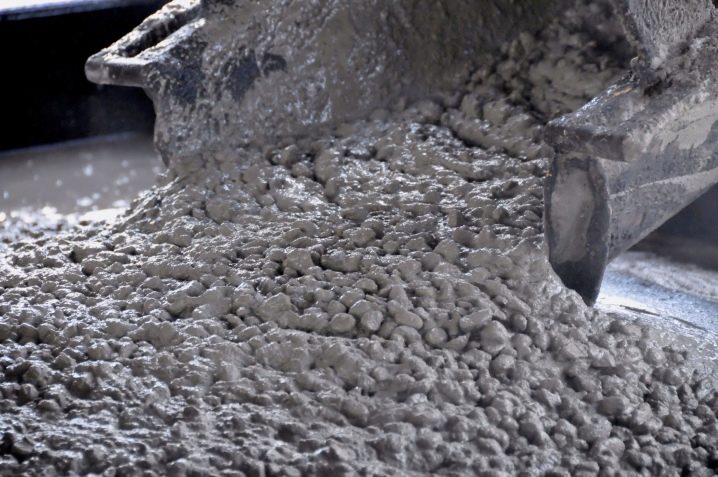API RP 10B-3 Testing of Oil Well Cement Additives
The API Recommended Practice (RP) 10B-3 provides a standardized procedure for the testing of oil well cement additives. This test is critical in ensuring that these additives meet stringent performance criteria, thereby enhancing the integrity and longevity of oil wells. The scope of this testing encompasses various physical properties such as compressive strength, flowability, setting time, and resistance to chemical attack.
The API RP 10B-3 procedure involves a series of tests designed to evaluate the performance of cement additives under controlled laboratory conditions that mimic real-world wellbore environments. These tests are essential for quality control, ensuring that each additive performs as expected in various drilling scenarios. The testing process is comprehensive and includes both static and dynamic properties of the cement paste.
The physical and chemical properties tested under API RP 10B-3 include:
- Compressive strength at specified ages (24 hours, 7 days)
- Flowability using the Bingham cone test
- Setting time determination according to standard methods
- Resistance to chemical attack by hydrochloric acid and sodium chloride solutions
The testing process begins with the preparation of a standardized cement paste, which is then subjected to various mechanical and chemical challenges. The results are compared against established standards to ensure compliance.
The importance of this test cannot be overstated in the oil and gas sector. It ensures that additives perform reliably under extreme conditions, thus contributing significantly to operational efficiency and safety. Proper testing helps prevent costly downtime due to failed cementing operations and reduces the risk of wellbore failures.
Failure to meet API RP 10B-3 standards can lead to significant financial losses and environmental hazards. Therefore, it is crucial for stakeholders in the oil and gas industry to adhere strictly to these testing protocols. This ensures that only reliable additives are used, which ultimately leads to more successful drilling operations.
By leveraging standardized testing methodologies like API RP 10B-3, companies can enhance their operational capabilities, improve safety standards, and ensure regulatory compliance. The comprehensive nature of this test makes it an indispensable tool in the quality assurance process for oil well cement additives.
Why It Matters
The integrity and longevity of oil wells are directly influenced by the performance of the cement used during the wellboring process. API RP 10B-3 testing ensures that additives contribute positively to this critical component of drilling operations. Properly tested additives enhance the mechanical properties of the cement, leading to better resistance against hydrostatic pressure and temperature variations.
The reliability of oil well cement is paramount in preventing leaks and ensuring stable wellbore conditions. Additives play a vital role in achieving these objectives by providing necessary flowability during placement and setting strength once cured. This ensures that the wellbore remains sealed, reducing the risk of contamination from fluids or gases.
In addition to enhancing performance, API RP 10B-3 testing also helps in identifying potential issues early on. By subjecting additives to rigorous testing conditions, companies can pinpoint any deficiencies before they become operational problems. This proactive approach not only saves costs but also enhances overall safety and efficiency.
Moreover, adherence to these testing standards demonstrates a commitment to quality and compliance with international regulations. It fosters trust among stakeholders and ensures that the industry remains at the forefront of technological advancements in oil well construction and maintenance.
Industry Applications
- Enhanced Oil Recovery (EOR): Additives can improve the flowability of cement, allowing for better placement into tight formations.
- Deepwater Drilling: Ensures that additives perform reliably under high-pressure and high-temperature conditions typical in deepwater environments.
- Hazardous Well Operations: Adds an additional layer of protection against potential leaks or failures, ensuring safety in critical operations.
- Shallow Wells: Improves the mechanical properties of cement even in less severe environmental conditions, leading to longer-lasting wellbore integrity.
The versatility and adaptability of API RP 10B-3 testing make it applicable across a wide range of drilling scenarios. Whether for EOR or deepwater operations, this testing protocol ensures that additives meet the necessary standards for performance and reliability.
Why Choose This Test
- Standardization: API RP 10B-3 provides a universally accepted standard for testing oil well cement additives, ensuring consistency across different regions.
- Regulatory Compliance: Meeting these standards ensures that companies comply with international regulations, enhancing their reputation and marketability.
- Quality Assurance: Rigorous testing helps in identifying any potential issues early on, reducing the risk of operational failures.
- Economic Benefits: By improving cement performance, this test can lead to cost savings through reduced downtime and maintenance costs.
The API RP 10B-3 test is an essential tool for maintaining high standards in oil well construction. Its ability to provide reliable data on additive performance makes it a crucial component of any quality assurance program. By choosing this test, companies can ensure that their additives meet the highest industry standards, thereby contributing to safer and more efficient drilling operations.





